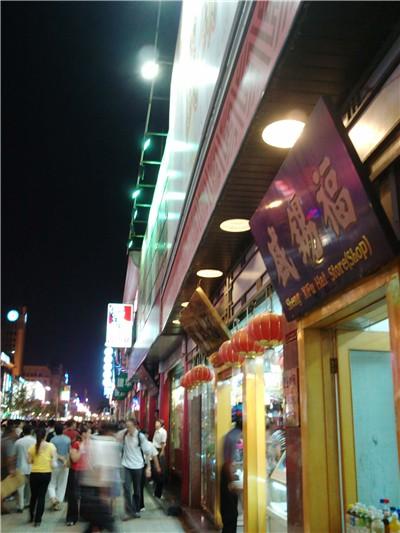
By the end of the 19th century, it was beginning to attract resident foreigners as well, including an influential London Times correspondent named Morrison, whose name became the street's as well for a time among Westerners. Tradesmen set up their shops on Wangfujing and the attachedhutongs(alleys).
The street's outstanding characteristic is the centralized well-known longstanding stores selling shoes, caps, silk cloth, scissors, Chinese brushes and ink-sticks,jadearticles, tea, desserts, pickled vegetables, roast ducks, and so on. The most popular sites for souvenir photos are the sculptures on both street sides, reflecting the life of old Beijing.
Nowadays, the street is one of the busy shopping areas in Beijing. The Wangfujing area has become the city"s central business district because of its easy access to major roads, its high land prices, and its high density of retail and service business, as well as its heavy population flow. Nowadays, the Wangfujing area has been formed naturally in the city's center, in much the same way as most central business districts have sprung up in other international cities.
